Duncan Chapel Cemetery near Furman University is often called “The Children’s Cemetery.” It’s rumored to be haunted, and paranormal investigators have left toys on the headstones to engage the spirits of the children. Dubious science aside, this whole notion and nickname are based on a false premise. While I was out and about exploring Greenville I made some discoveries that cast doubt on the idea of this being a “children’s” cemetery.
The nickname comes from the idea that there are lots of children buried at Duncan Chapel, compared to the overall number of burials. That idea comes from the number of smaller headstones visible. That, in and of itself is an incorrect notion. Many adult graves at Duncan Chapel are also rather small. More on that in a bit, but first, the discoveries…
I actually made two cemetery discoveries on this particular outing. The first was on Highway 14 between Woodruff Road and Simpsonville. That stretch has been almost completely overrun with housing developments. I glanced to my right and saw several headstones at the back of a larger lot. I had to investigate.
There were a couple of fairly recent graves, the latest from 2007. These had an embedded photo portrait, and it looked like this was a predominantly African-American cemetery.
The earliest interments were from the 1910s, and continued up to 2012 for the latest. Oddly enough, some of the older headstones appeared to be just markers, with no writing. Vegetation was starting to encroach on some of the earlier stones.
From the placement of the cemetery at the back of an empty lot, I suspected that the church to which the graves belonged had been on this spot, but was long gone. I checked GNIS data and it confirmed that this had been the location of Mount Zion AME Church. That gave me a name I could look up in Find-a-grave. I could then further confirm the location by cross-referencing the names on Find-a-grave with those in my photos.
Moving on…
Later in the day I was on my way from downtown Greenville to Berea on Cedar Lane Road. Once again I glance off to the side and spotted a cemetery enclosed by a fence. I saw that the gate was open, and made a note to come back to explore when I wrapped up things in at the Berea Wilson’s.
When I got back I found the cemetery with no trouble, just west of the intersection with Highway 253. I pulled into the open gate and began exploring.
In one corner I spotted a large number of smaller headstones. Most of these were marked as “Infant” with a surname. I started counting, and stopped when I got to 50. The number of stones was overwhelming. On my brief circuit, I could see that most of the deaths were between 1905 and 1910. I wondered what in the world happened that could cause so many infant deaths.
Here again, I had to be cautious. I found at least one small headstone for an adult. For example, this individual died at age 25 (still very young) but had the same size headstone as the infants.
I was starting to feel an overwhelming sadness looking at all the infant graves, so I turned my attention to the identity of the cemetery itself. There were no identifying signs for the cemetery itself. There had been a wooden sign, but it was gone. Riverside Holiness Church was across the street, but it looked far too modern for the age of the graves. Of course, it could be an older congregation with a newer, updated building, but there was no obvious connection.
I knew that we weren’t far from the mill villages of the City View area, and wondered if this might have been one of the mill cemeteries. Monaghan Mill was the closest, now turned into luxury condos.
I left the cemetery and drove through the area. There were several rather large older churches without cemeteries. This was the only cemetery I could find in the area, so it was possible that they all could have used it. There was Cedar Lane Baptist…
…Monaghan Methodist…
…and Monaghan Baptist, among a few other, smaller churches.
When I got back home I was able to find that this was, in fact, the Monaghan Mill Cemetery. In describing the amenities provided the mill’s workers local historian Judy Bainbridge stated, “Residents could even be buried in Monaghan’s private cemetery.” Apparently at some point the church across the street took over control of the cemetery. The Find-a-Grave websites lists it as the “Monaghan/Riverside Holiness Baptist Church” Cemetery.
But what about Duncan Chapel’s status as “The Children’s Cemetery” compared to Monaghan? This is where the Find-a-Grave data came in handy. The data for Monaghan has 35 burials simply listed as “Infant.” This in, and of itself is very sad. That many children didn’t survive long enough even to have names. There were an additional 82 listings for children under the age of ten. This makes 31% of the total 369 burials at Monaghan.
The data for Duncan Chapel lists 21 burials for children under ten. Duncan Chapel is smaller, with only 93 total burials. Even so, the number represents only 22% of the burials. So, if looks as if Duncan Chapel really doesn’t deserve its nickname. Sadly, it looks like Monaghan really does have it beat.
I couldn’t find any reason why there were so many deaths in the early 1900s. The flu epidemic started in 1918, which is a bit too late. Perhaps it was just that infant mortality was a sad fact of life.
Regardless, it was a disturbing discovery, but interesting none-the-less.
UPDATE: Thanks to Facebook commenter John Culbertson, we have one possible explanation for the number of childhood deaths during this time. Pellagra was a disease of malnutrition that affected mill workers. The disease was caused by a deficiency of vitamin B niacin. The USC library posted an excellent article describing the disease, using articles from the Chronicling America sources.






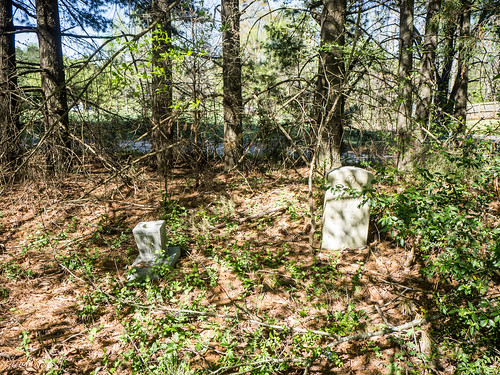

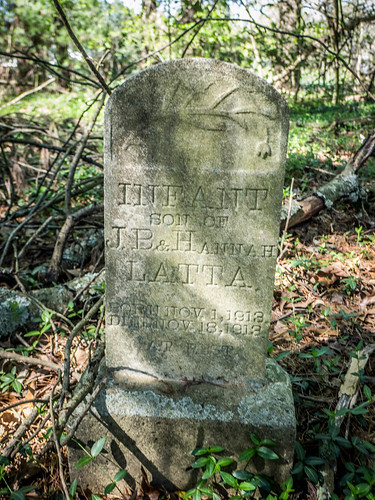


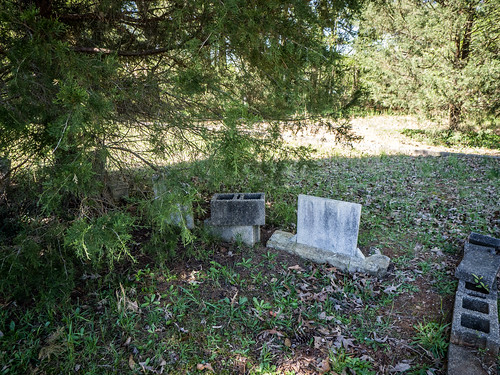
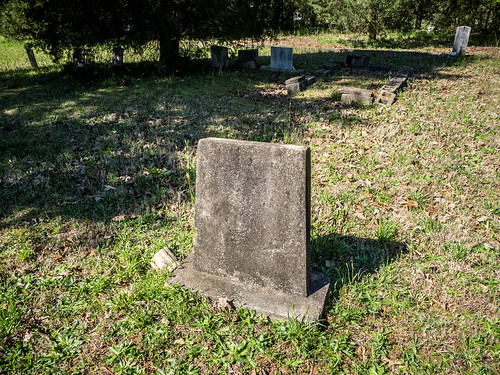




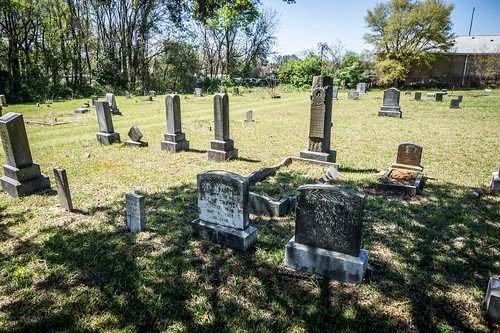





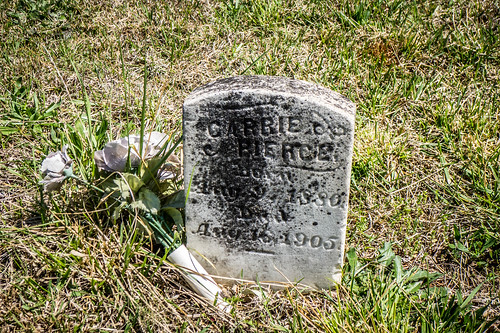



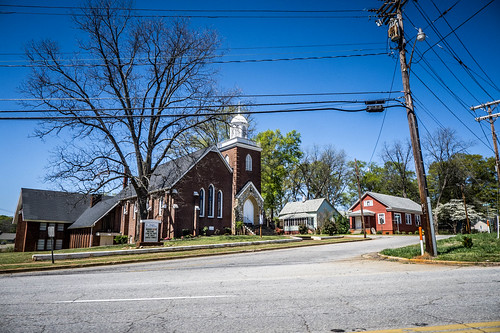


I find what they have done at Duncan Chapel very disturbing. Most of the headstones are gone/broke now. Graves marked with field stones are gone along with the ground that held them. They went all the way to the old road that was there. Been visiting that cemetery for many years and have pictures. Where the fence is close to Walmart is not the end of that graveyard. The parking lot is. I have pictures of their grading stakes inside of the field stone area. Such a sad situation. Just wiped out as if it didn’t matter. Well it does.
100% agree with you. I live near there and while I have no problem with new housing or industry, I do have problems with wiping out our past, as you say, as if it didn’t matter. You are right…. it does matter to those of us still living and our descendants to come. Such a shame.
FWIW, I have never seen a death certificate belonging to a child that listed pellagra as a cause for death – lots of people 20+, certainly, but never anyone younger.
I looked up a dozen or so of the death certificates for the children under 5 buried at Monaghan and they had a variety of causes of death – many of pneumonia, one case of diabetes, whooping cough, and a heart defect (listed as “poor circulation, not normal”).
The death rate for children for those cemeteries, however, doesn’t seem to be exceptionally high. Part of the issue is that those who had a steady job at the mill could afford a marker for their child. If you were a poor farmer who could barely scrape up enough to keep your family fed all winter, a marker for that infant that died and was buried in your local church cemetery just wasn’t going to be at the top of the priority list, especially when child mortality was high and you may have had more than one die in a short period of time. A whole huge number of rural church cemeteries I’ve seen in Anderson County have a large number of obvious spots where there was a burial but no stone exists (confirmed in a lot of cases by death certificates). The mill cemeteries, on the other hand, seemed to always have an overall higher percentage of marked graves.
Excellent points. I think my main issue was with calling a place “Children’s Cemetery” simply on the size of the stones.
My family was Mill families. I was told that some of the mills would furnish a marker for infants and children of mill workers.
My mother had me carry her to the cemetery on Cedar Lane Road just a few years back. My mother is 91 years old.
I had never been there, and I am not sure she had.
Her Paternal Grandmother is buried there. Isabell McCoy Hopkins wife of John Parker Hopkins. We are estimating she passed mid to late-30’s. According to my mother, this cemetery was use by Monaghan. Riverside, at that time, was not as populated. John Parker Hopkins was a Carpenter and worked for Monaghan Mill. He was utilized for the homes and any work the mill needed. I have his tool chest, he made himself. It’s too heavy to even carry. About the size of a small coffee table. I assume from the weight, it must have set on the back of a wagon.
Addendum: I would really like to see this Cemetery on Cedar Lane Road preserved with a more outward landscape appeal on this State Highway 183.
We live near by. My son is not able to sleep with the lights off; he just turned one. People have said; they’ve seen a young girl, around 5 years old. And just today we had trouble sleeping our son, he wouldn’t stop crying. He eventually he stopped, my husband had a 30 minute sleep before work. He had a dream; that a little girl laid next to our son as they slept and he saw a lot of infants hanging in infant carriers, they too were all asleep. That is what lead me here to this page.
Cemeteries should be protected and remembered . my husband and I are trying to research for a book on some that have been forgotten by the world. We have found 2 “the children who helped build Kansas City” and “the children who helped build Chicago” cemeteries. They came about because of the orphan trains another forgotten piece of history.
Glad I found this my aunts mother is in the brandon mill cemetery. We don’t live in sc anymore but happy you found it